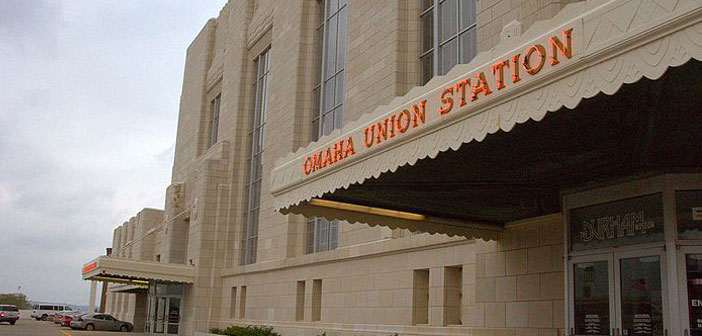Omaha Union Station Designated National Historic Landmark
Secretary of Interior Sally Jewell recently announced the designation of Omaha’s Union Station as one of more than 20 new national designations. This is the first National Historic Landmark designated in Nebraska since 1993, bringing the number up to 21 for the state. The National Historic Landmarks Program, which is managed by the National Park Service, recognizes historic properties of exceptional national value and promotes the preservation of those places. All National Historic Landmarks are on the National Register of Historic Places. Few places on the National Register are eligible to be National Historic Landmarks in part because of requirements to be nationally significant with a high degree of historic integrity.
“Omaha has served as Headquarters for the 13-state Midwest Region of the National Park Service since 1938,” said Cam Sholly, National Park Service Midwest Regional Director. “One of the main reasons Omaha was chosen for this important role was its strong rail connections to the West. Therefore, it is fitting that we are recognizing the significance of the Omaha Union Station as a National Historic Landmark.”
Built in the late 1920s, Omaha Union Station in Omaha, Nebraska, is one of the most distinctive and complete examples of Art Deco architecture in the nation. The station outstandingly expresses the style’s innovative and diverse surface ornamentation inspired by the machine age. As one of the earliest Art Deco train stations designed by the Union Pacific (UP) Railroad, its ultra-modern appearance was a major departure from previous railroad station designs. Union Station was most used by travelers from 1929 to 1946, before the creation of the Interstate Highway System. The station was designed by Gilbert Stanley Underwood, who is best known for designing several iconic National Park lodges, including ones in Yellowstone, Zion, and Yosemite national parks. In 1973 Union Pacific Corporation donated Union Station to the City of Omaha.
The National Park Service and The Durham Museum plan to host a community celebration later this spring.

